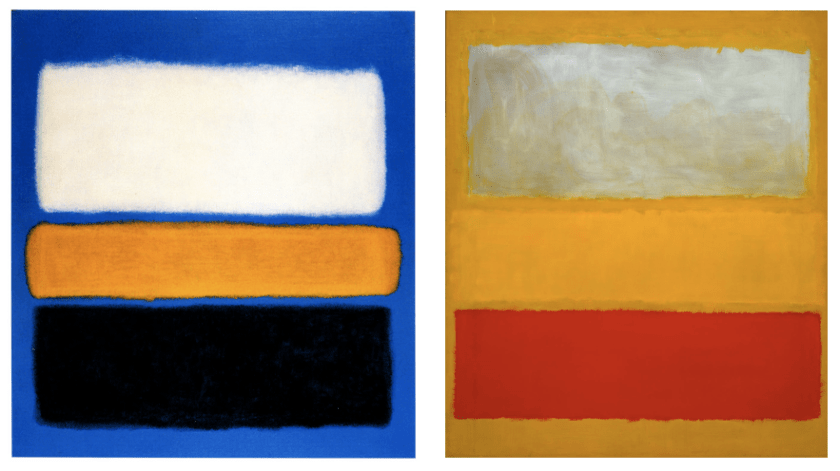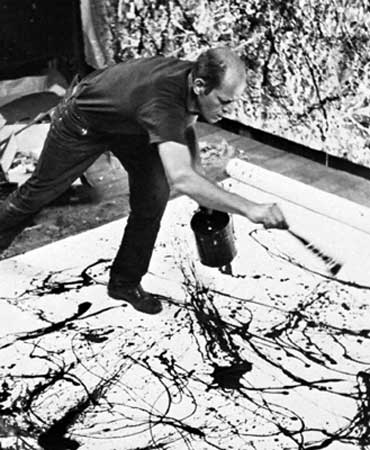As an art teacher, I find a lot of inspiration for my work comes from my students, and their experiences in class. My self-published chapter book series, The Smith Family Secret, was born from a student of mine, Jeffrey, who loved drawing, but often found it difficult to get started.
 I told him that it was okay to make mistakes, and that art is magical in the way that there is no right or wrong way to do it. His renewed commitment to his artwork was enough for me to sit down and write, “Cardiff Smith loved to draw,” and a whole series emerged.
I told him that it was okay to make mistakes, and that art is magical in the way that there is no right or wrong way to do it. His renewed commitment to his artwork was enough for me to sit down and write, “Cardiff Smith loved to draw,” and a whole series emerged.
Bits and pieces of my observations in class make their way into my characters. A phrase here or there is enough. A student of mine from Dubai was sitting in the wrong seat in class before the release bell. I asked him what he was doing, and he replied with a wide smile, “I am sitting here, being awesome.” I laughed and made a mental note that I would use that someday.
Currently, my eighth grade art students are studying abstract expressionism and color field painting. We spent two days looking at the artwork of Willem de Kooning, Jackson Pollack, Barnett Newman and Mark Rothko, artists from the 1940’s and 1950’s who were disillusioned with the state of the world.

In the period following WW2, these artists strove to make a better world through art. Reinventing our perspective by painting something different and fresh.

They weren’t breaking the rules. They were creating a whole set of new ones.
Writers have a million rules to follow. How to write plot structures, how to develop character arcs, how to format your manuscript, don’t use too many adjectives, do have an inciting incident, and the list goes on and on.
Studying this particular art movement made me consider, is there a way to write a novel and create a new set of rules? Maybe, maybe not, but here are some things we can take away from the action painters of the 1940’s and apply to writing kid lit.
Work Big and Let it Flow
Jackson Pollack is most known for his “drip” paintings. He would lay huge canvases on the floor and throw, flick and drip paint, dancing around them.
“When I am in a painting, I’m not aware of what I’m doing. It is only after a sort of ‘get acquainted’ period that I see what I have been about. I have no fears about making changes, destroying the image, etc., because the painting has a life of its own. I try to let it come through. It is only when I lose contact with the painting that the result is a mess. Otherwise there is pure harmony, an easy give and take, and the painting comes out well.” (Jackson Pollock, 1949)

Think about the big picture, dance around it, overlapping ideas and themes. What might look like chaos can actually be highly thought-out and under control. Let the ideas fly.
Simplicity is key.

Vir Heroicus Sublimis, 1950 by Barnett Newman
Barnett Newman is known for his gigantic color field paintings, canvases primarily one color, with strategically placed lines (known as zips) running vertically across it.
There is something sublime in the simplicity. A phrase simply written can be the most powerful.
“‘What day is it?’, asked Winnie the Pooh.
‘It’s today,’ squeaked Piglet.
‘My favorite day,’ said Pooh.”
(The Adventures of Winnie the Pooh by A. A. Milne)
Revisions Are Essential

Willem de Kooning was known for his very emotional action paintings, where he would paint the same image over and over again on the same canvas. His philosophy was that every time he added paint, or scraped it away, he was getting closer to what the painting should be.
“Miles Davis bends the notes. He doesn’t play them, he bends them. I bend the paint.” (Willem de Kooning, undated)
Revising manuscripts is like bending paint or music, all the time getting closer to the ideal, without worrying about achieving it. Don’t second guess yourself. Go for it, and scrape it away later if it still doesn’t work.
Reflect
Mark Rothko is known for his canvases with big blocks of color. They are contemplative, probably because that’s how he approached his work.
“Often times these paintings would be painted relatively quickly, but then he would stop and look at the painting for a very long time before proceeding to the next step or before deciding that it was done.”
(Christopher Rothko, Mark Rothko’s son)
Writers too should always leave time for reflection. After I finish a first draft, I like to put it away for a while and let it marinate while I reflect on it before first revision. Even novels that have already undergone heavy revision can be developed even more, become more rich and alive with time for reflection.
Do you have any artists who inspire your writing? Feel free to share on the Writers’ Rumpus!


Hi. everything you write is SO true. I iove bright colors and it is always fun to teach children to go a little “wild” painting. Today I got a 5 Star review from Reader’s Favorite for my children book: The Universe a work of Art. It is filled with my own paintings. Maybe some of your pupils will get inspired by it. GREETINGS from Eva in NORWAY
LikeLike
Thank you..as a new abstract artist…I have started to blend my love of poetry with my abstract colors and painting
LikeLike
Love this artsy post, Alison. I didn’t know about your Smith Family series OR that you are an art teacher—wonderful!
LikeLike
Powerful insights – thanks Alison!
LikeLiked by 1 person
This is a second inspirational post that have helped my day. Thank you!
LikeLiked by 1 person
You’re welcome!
LikeLike
Thank you for sharing these insights!
Chagall is reported to have said: “If I create from the heart, nearly everything works; if from the head, almost nothing.”
I’ve found that helpful.
LikeLiked by 3 people
Chagall is another one of my favorites. I tell my students all the time to paint with their gut. The same could be applied to writing. Thanks for sharing! Great quote!
LikeLike
Excellent article! Love how you overlaid the two fields, really opens up some new insights.
LikeLiked by 1 person
Thanks!
LikeLike